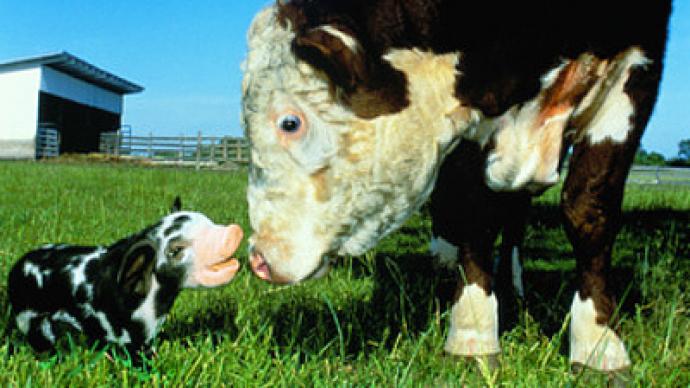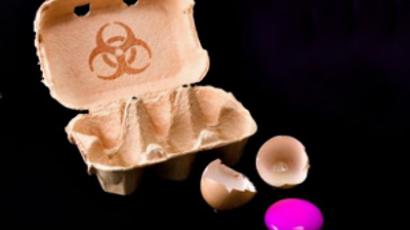How to milk a rabbit – and why

Goats, sheep and rabbits are making their contribution to transgenic farming and modern medicine, helping pharmaceutical companies produce drugs to treat diabetes and cancer.
Animal Test Laboratory Supervisor Yelena Kunaeva knows exactly how to milk a rabbit and more importantly: what for.“The genetically-modified rabbits produce a very valuable drug in their milk, which is used in treating cancer,” she says.Welcome to the pioneering new world of farming pharmaceuticals.At a scientific research center on the outskirts of Moscow, animals are aiding scientists in cutting-edge research. In the center there are both the normal and transgenic animals and it is the genetically modified ones that are so vital in the development of the new treatment for diseases.Whilst it might sound strange, the milk of transgenic animals has already been used to treat patients successfully, and it is not just rabbits.Around the world, traditional farming is now morphing into biopharming.Pharmaceutical companies are now turning to other domestic animals for new ways to produce drugs. “It’s a breakthrough in pharmaceuticals. Now we want to get to the point where we can have cows and goats producing this same drug in their milk,” shared Lev Ernst, Deputy President of the Agriculture Academy.At the moment the research center does not have the funding to produce more than a few other genetically-modified species, but rabbits remain their main source of research.Regulatory bodies in the EU and US are slowly starting to allow drugs produced by transgenic animals onto the market, but it is slow progress.In Russia especially, a lack of guidelines and solid regulation mean animal testing remains a controversial issue.'We feel that playing with genes could be dangerous for animals, when people haven’t fully studied all the hereditary mechanisms,” warns Irina Novozhilova, President of Animal Rights center “Vita”.From cute pets, to resource providers, as biopharming continues to grow, what these bunnies produce could soon very well end up in your medicine cabinet.













